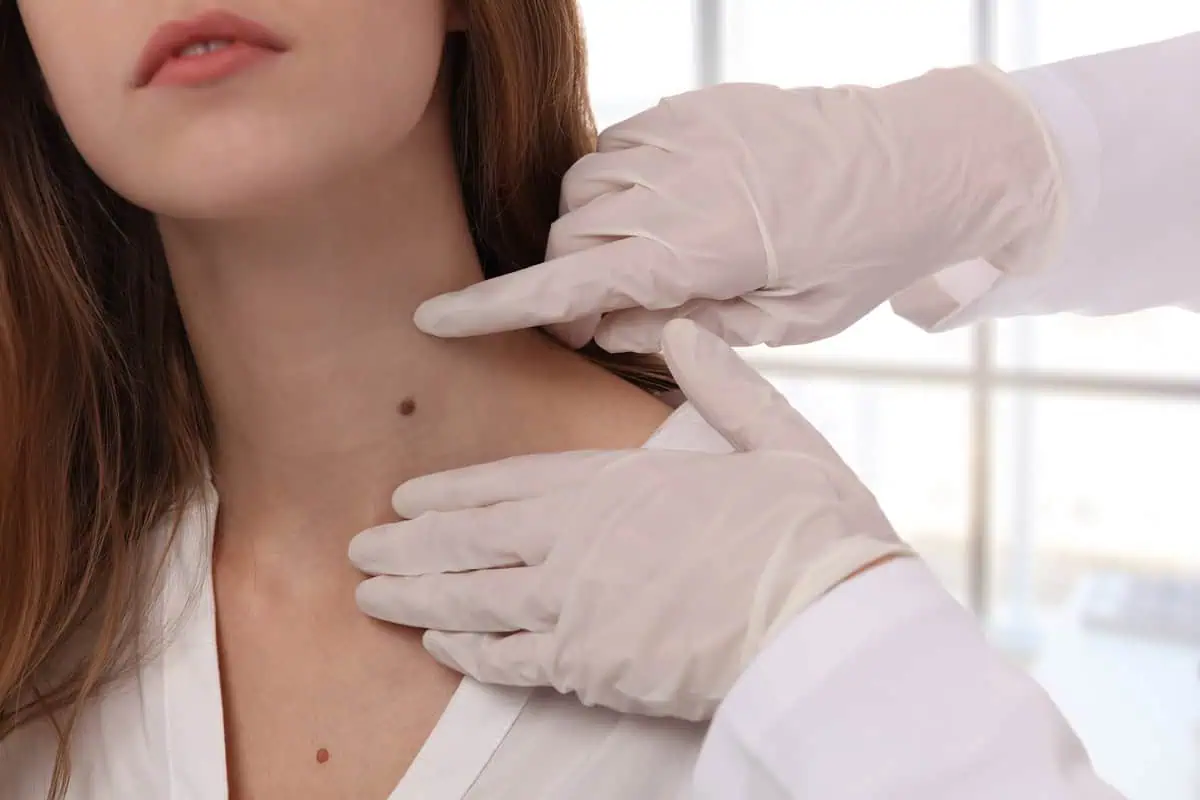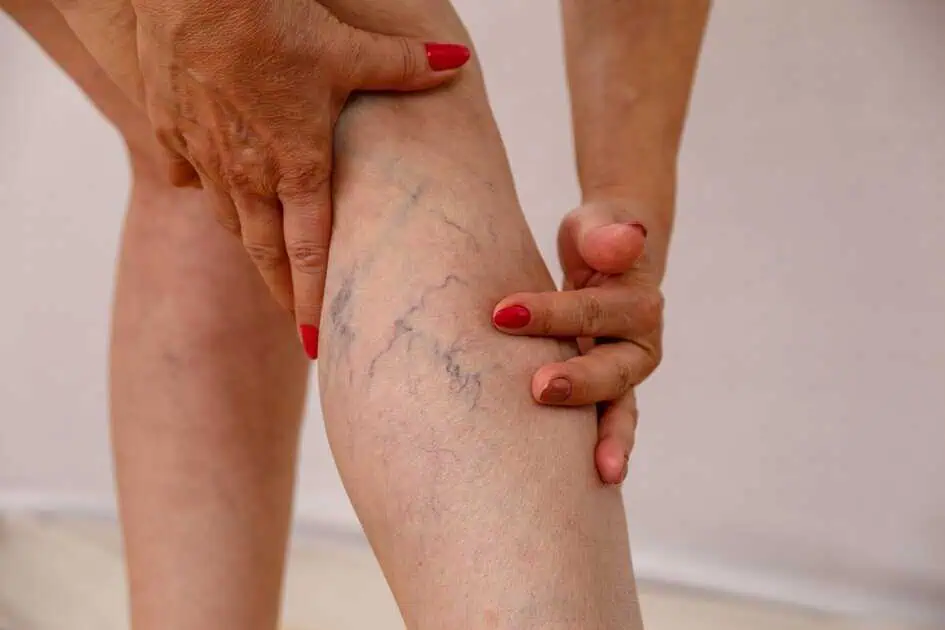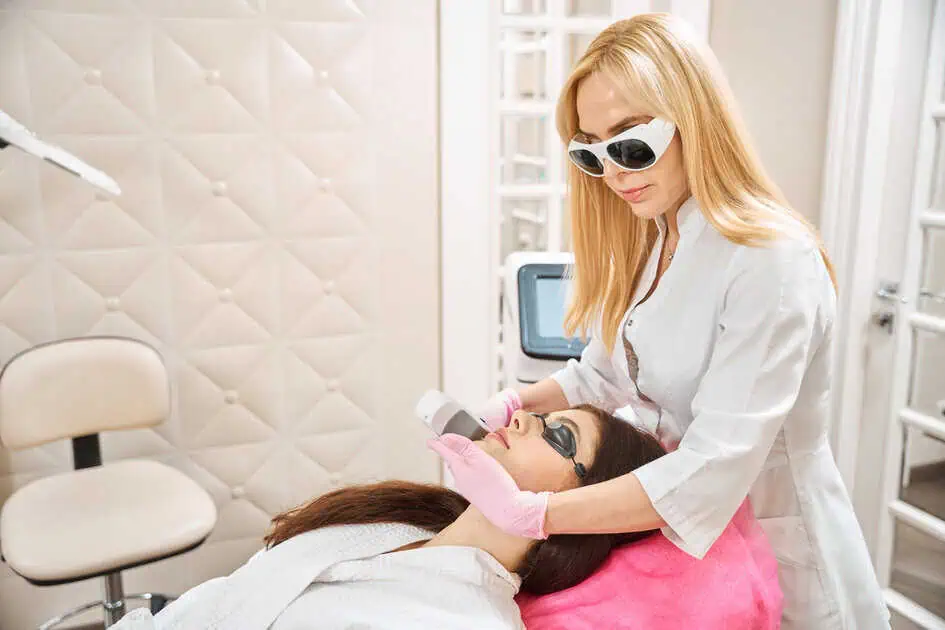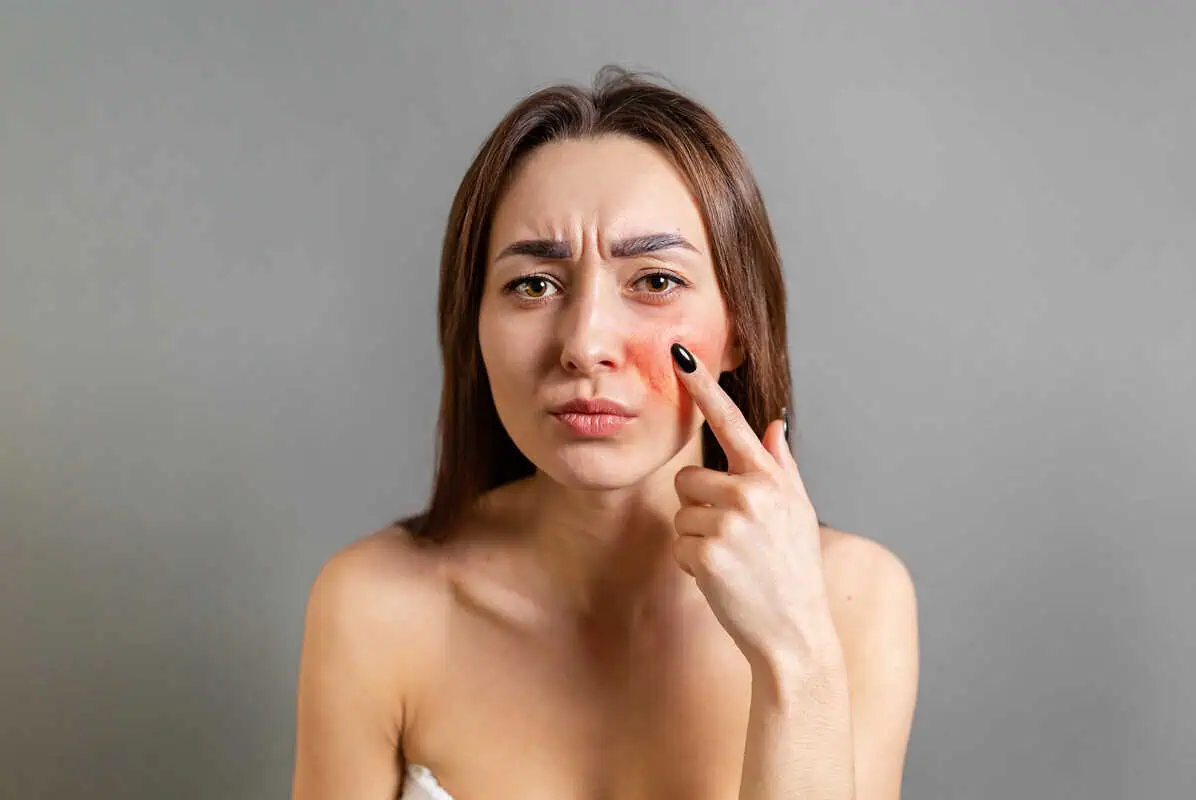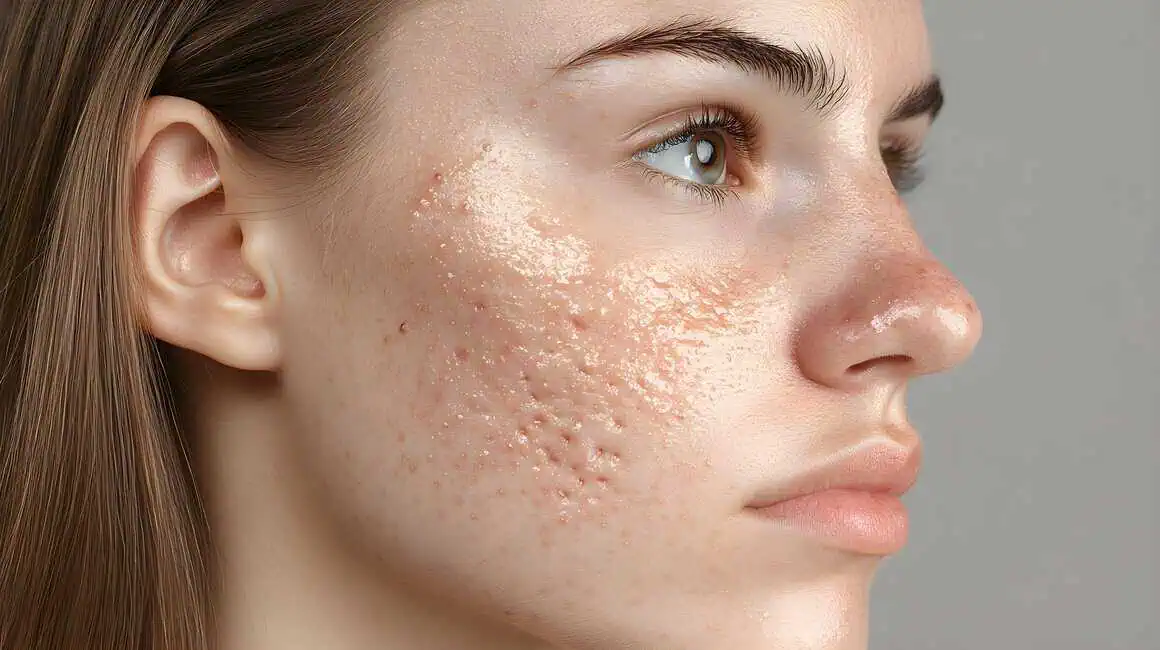Table of Contents
Intense Pulsed Light (IPL) Photofacial is a technology-driven treatment designed to address various skin issues, from uneven pigmentation to visible signs of aging. Often, when considering beauty and skincare treatments, people are focused solely on the results, overlooking the scientific mechanisms at play beneath the surface of their skin. However, understanding the science behind these procedures can satisfy curiosity and help individuals make more informed decisions. This approach is particularly relevant for IPL Photofacial, which employs light-based technology in ways that intersect both dermatology and physics. Knowing what happens under the skin can demystify the process, offering a clearer picture of what to expect and how the treatment interacts with various skin conditions.
What is IPL Photofacial?
IPL Photofacial is a non-invasive skincare treatment aimed at improving the skin’s texture, tone, and appearance. The treatment primarily addresses various skin issues, including pigmentation problems like sunspots and age spots, rosacea, broken capillaries, and other forms of skin redness. It can also effectively treat mild acne scars, reduce pore size, and improve the overall skin texture.
As a non-surgical approach, IPL Photofacial offers the advantage of minimal downtime, allowing individuals to resume their regular activities soon after undergoing the procedure. It’s a popular option for those seeking noticeable improvements in their skin’s appearance without resorting to more aggressive forms of treatment. IPL Photofacial provides a customizable solution suitable for a diverse range of skin types and conditions by targeting specific layers and components within the skin.
The Technology Behind IPL Photofacial
The technology at the core of IPL Photofacial is Intense Pulsed Light, a form of light energy distinct from lasers. This technology utilizes a broad spectrum of light wavelengths that can be selectively filtered to target specific skin issues. The equipment for IPL Photofacial generally consists of a handpiece with a glass or crystal surface applied to the skin, a light source that emits the intense pulsed light, and a computer that controls the settings such as wavelength range, pulse duration, and energy output.
What sets IPL technology apart from other light-based treatments is its versatility. The range of wavelengths allows practitioners to tailor the treatment to individual skin types and conditions, making it a highly adaptable option. IPL devices often come with various interchangeable filters that can modify the light spectrum according to the specific treatment needs.
How Does IPL Photofacial Work?
IPL Photofacial works by emitting bursts of intense pulsed light that penetrate the skin’s layers without causing damage to the surface. The key to its effectiveness lies in the targeted interaction between the light and the skin’s components, such as melanin and hemoglobin. When these components absorb the intense pulsed light, it triggers specific biological responses.
For example, when treating pigmentation issues like sunspots or age spots, the light is absorbed by melanin, the pigment responsible for the darkened areas. This absorption leads to the breakdown of melanin clusters, which are then naturally eliminated by the body’s immune system. When treating vascular issues like rosacea or broken capillaries, the light targets hemoglobin in the blood vessels, leading to their constriction or elimination.
Another significant aspect of how IPL Photofacial works is its ability to stimulate collagen production. Collagen is a protein that provides structural support to the skin, and its increase can lead to firmer, more youthful-looking skin.
What Can IPL Photofacial Treat?
IPL Photofacial is a versatile treatment capable of addressing various skin issues. Here is a list of conditions that can be effectively treated with this procedure:
- Sunspots and Age Spots: Helps lighten and reduce the appearance of sun-induced pigmentation.
- Rosacea: Effective in minimizing redness and the visibility of broken blood vessels.
- Hyperpigmentation: Useful for evening-out skin tone by targeting darker patches of skin.
- Broken Capillaries: Aids in reducing the appearance of small, broken blood vessels on the face.
- Mild Acne Scars: Can minimize the visibility of mild scarring caused by acne.
- Large Pores: Helps reduce pore size, leading to smoother skin.
- Fine Lines and Wrinkles: Though not a substitute for more intensive treatments, IPL can help reduce the appearance of early signs of aging.
- Freckles: Effective in lightening and reducing freckles.
- Spider Veins: Can help diminish the appearance of small, spider-like veins visible on the skin’s surface.
- Redness and Inflammation: Offers relief from general skin redness and inflammation, making it suitable for sensitive skin.
- Dull Complexion: Can rejuvenate the skin, making it look brighter and more vibrant.
- Uneven Skin Texture: Helps improve the skin’s texture by encouraging collagen production.
The Procedure
The procedure for an IPL Photofacial typically starts with a consultation where the practitioner evaluates your skin condition and discusses your treatment goals. This initial assessment helps in tailoring the procedure to your specific needs. Here’s a general outline of what happens during the treatment:
- Cleansing: The treatment area is cleaned to remove any makeup, oils, or impurities.
- Topical Anesthesia: Although IPL Photofacial is generally not painful, a topical anesthetic may enhance comfort during the procedure.
- Calibration: The IPL machine is calibrated based on the specific skin issues being treated. Parameters like wavelength range, pulse duration, and energy output are adjusted.
- Eye Protection: You’ll typically wear specialized goggles to protect your eyes from the intense light.
- Treatment: The practitioner uses the IPL handpiece to deliver intense pulsed light to the targeted skin area. The handpiece may have a cooling feature to minimize discomfort.
- Duration: The entire procedure usually takes between 30 to 90 minutes, depending on the size of the treatment area.
- Cooling Gel or Ice Pack: After the treatment, a cooling gel or an ice pack may be applied to soothe the skin.
- Post-Treatment Evaluation: The practitioner often evaluates the immediate effects and provides guidelines for aftercare.
- Follow-up Appointments: Usually, multiple sessions are required to achieve optimal results. These are generally scheduled a few weeks apart to allow the skin time to heal and respond.
Takeaway
Ready to transform your skin and address those nagging imperfections? Don’t wait any longer to achieve the radiant complexion you’ve always desired. Contact Wave Medical Aesthetics today to schedule your personalized IPL Photofacial assessment. Our team is committed to providing tailored treatments that meet your unique skin needs. Take the first step toward a more confident you—reach out to Wave Medical Aesthetics now!

